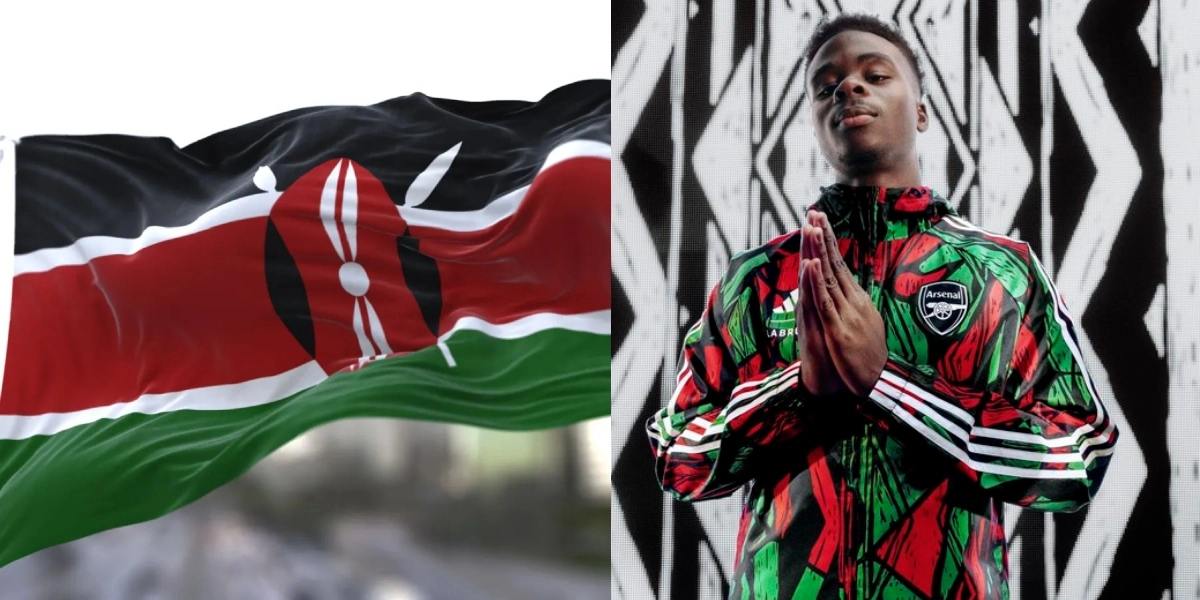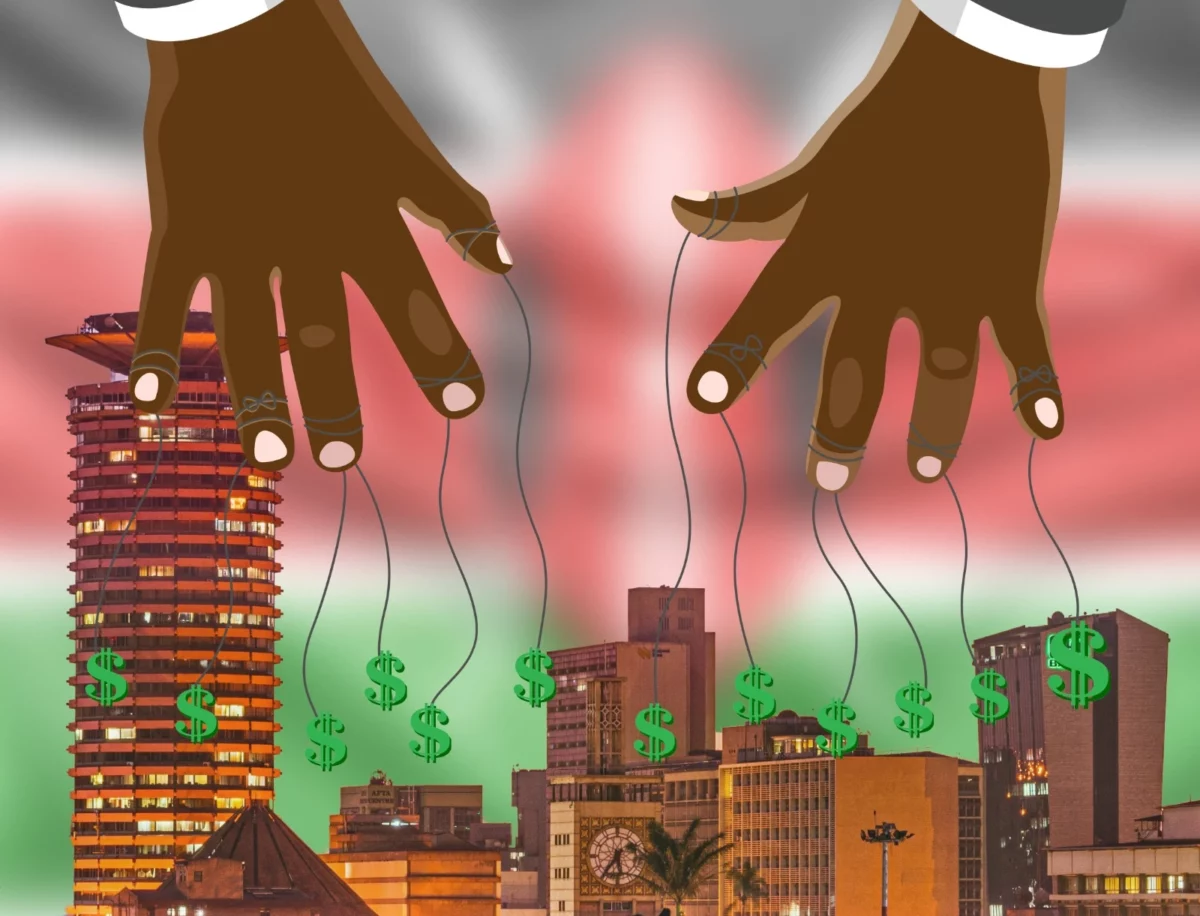It is healthy, nourishing and satisfying to fetch fresh vegetables from your kitchen garden for preparing delicious meals, as you get together with family for some good times this holiday.
Since the Covid pandemic, the need of utilising small spaces available for food production has become more common, with many having learned the hard way from covid restrictions that saw people being locked out with limited food sources and a surge in food prices.
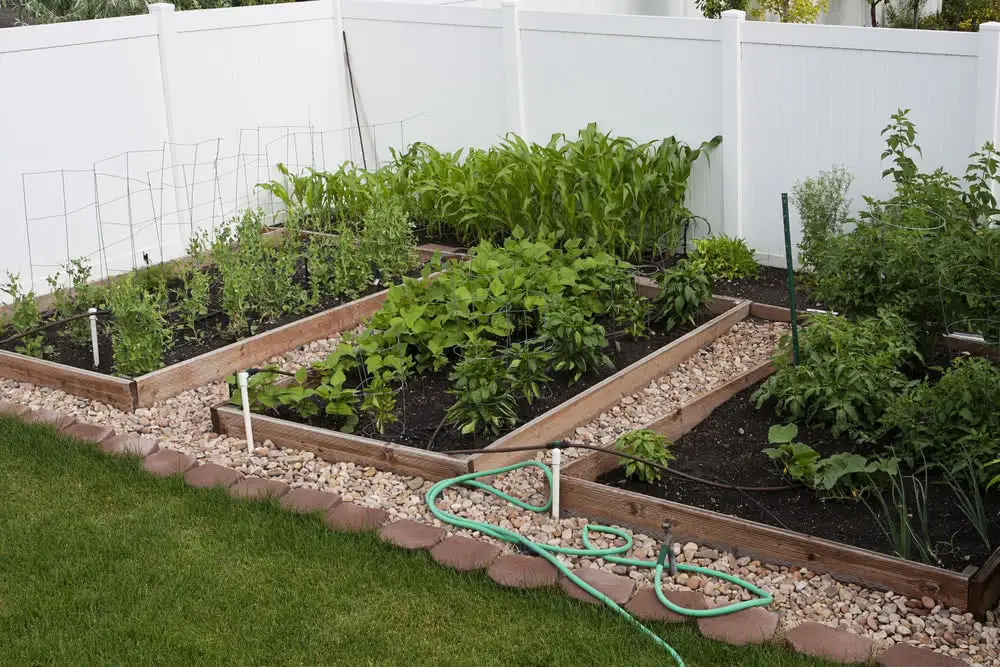
Space and lack of technical skills are among the factors that might hinder many people from this privilege to rear substantial food crops and poultry, but thanks to technology, you don’t need agricultural certificates to pick up healthy fresh vegetables from your balcony.
Perhaps this has been in your plans over the year but you never got the opportunity to do it, this is the time to get that extra extreme feel of owning a small space filled with green life, value, and nutrients.
These are some of the steps to consider while erecting a small Kitchen Garden in your home;
- Space
A kitchen garden is not necessarily located near your kitchen, it is any available space that is conducive for plant growth, depending on your kind of residential space it can be the backyard if you live in your compound, or rather the corridors, rooftop or balcony.
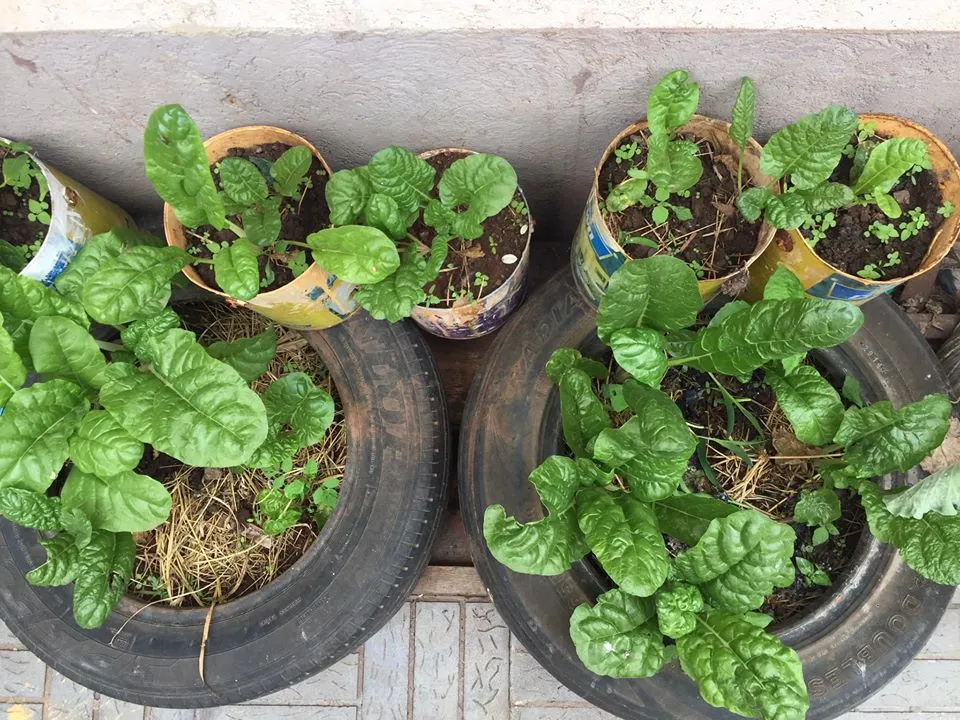
These spaces require access to natural sunlight, as it is fundamental for plant growth, Alternatively, one can also make good use of flowerpots, planters, or plant pots by hanging them on the windows of your apartment.
2. Choose the plants to grow
Get started with easy-to-grow plants that are favoured by the climate around you, this can include, Capsicum, Spinach, Kales, Lettuce, and spring onions. You can as well try herbs like Sage, Rosemary Coriander, and Mint.
Climbers like Courgettes and Cucumber can also be grown in a tight space vertically by adding a trellis to the planting container.
3. Selecting Containers and Planters
The type of containers and planters are determined by the available space, for instance, the balcony is ideal for boxes and pots. Layers allow easy cleaning of the floor and more freedom. Wall-mounted planters are also suitable for vertical farming.
4. Right Planting Media
Having in mind that every plant has specific nutrient requirements present in a particular type of soil, then selecting the right soil which is the medium in which the plant grows is necessary.
Getting soil from areas infested with soil-borne diseases will affect your crops as they will catch the infection as well. Ready-made potting soils from certified nurseries are recommended.
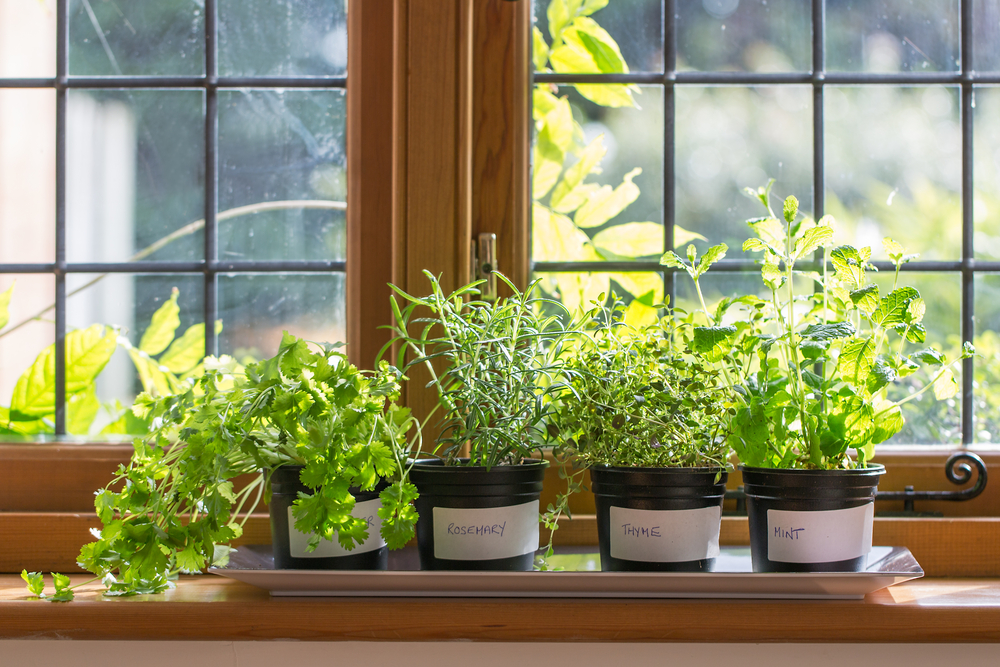
5. Sow certified seeds and seedlings
You can raise seeds and seedlings or buy them from your local nursery, as vegetable seedlings tend to be expensive compared to seeds, you can decide what suits you considering cost-effectiveness.
Subscribe to our You tube channel at Switch tv.
6. Planting
When you already have suitable seeds the next thing is the actual planting and providing water, ensuring a sufficient supply of water as it is mandatory for germination.
Maintaining the crops by regularly checking for pests and other harmful factors that may hinder growth. It is also prudent to plan ahead and ask someone to water your plants if travelling.
Also read: Had a Rough Year? This is how to Relax this Holiday



















